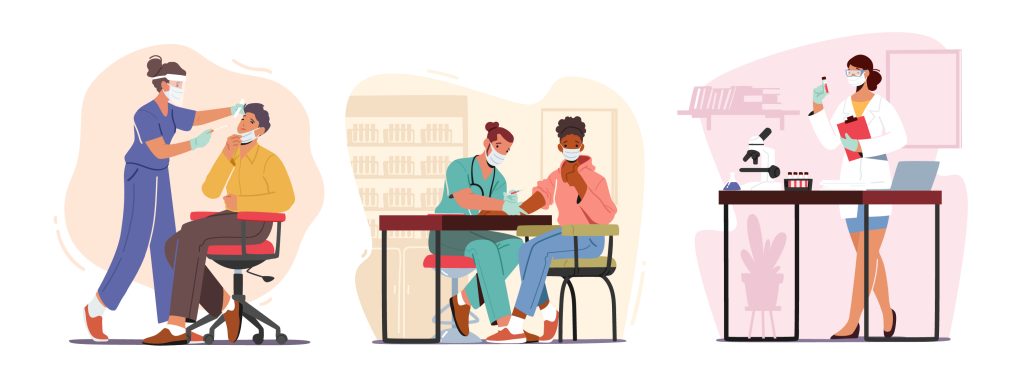
While some believe that the COVID-19 pandemic is shifting to endemic status, from a healthcare perspective, the last few years should be examined closely. Despite the mass pain and tragedy that COVID has caused, the United States’ healthcare response to the pandemic was unprecedented. In this article by Natalie Shure, she writes that many private insurers waived co-pays for COVID treatment and that the federal government “took the shocking step of covering 100 percent of COBRA subsidies to keep people on their plans after being laid off and barred states from kicking people out of Medicaid for the duration of the official public health crisis.”
Although these steps expanded access to healthcare resources, the COVID-19 pandemic put a large amount of stress on an already-strained healthcare system and pin-pointed areas where access to healthcare was most restrictive. Read on for ANA-Illinois’ examination of the issues associated with healthcare access.
Rapid Growth of Licensed APRNs
The rapid growth of APRNs is one factor that could, paradoxically, put a strain on our healthcare system. According to Fierce Healthcare, the number of nurse practitioners has more than doubled in just seven years. The article goes on to state that “The growth in NPs has reduced the size of the RN workforce by up to 80,000 RNs nationwide…. At the same time the more than one million baby-boom RNs are well on their way to retirement.”
So, while the increase in APRNs has expanded healthcare to areas that have been traditionally underserved, the resulting RN shortage may result in other issues, causing lack of healthcare access through a shortage of nurses.
Solving the Problem: APRNs Returning to RN Work
While the APRN population has seen tremendous growth, there is evidence that this trend may not continue. In this article by Elite Learning, the author describes fluctuating between her role as an NP and RN. Through her use of nursing Facebook Groups, she found that many nurse practitioners had similarly returned to RN work, especially during the COVID pandemic. This change was the result of increased responsibilities and burnout in the NP position, a more demanding schedule, and a limited salary increase.
ANA-Illinois’ Solution: Expanding the RN Population
Although having APRNs return to RN work is one solution to the nursing shortage, there are still plenty of underserved areas that could benefit from having a clinic run by a nurse practitioner. For this reason, ANA-Illinois believes that, when possible, the RN shortage should be solved through other methods. Nurse.com suggests that hospitals should look at ways to keep the baby boomer population of nurses from retiring through part-time schedules and less demanding work. The author also states that hospitals should be conscious of enticing recruitment factors, such as salaries and benefits.
Regardless of how it is done, ANA-Illinois believes that it is important for everyone to have access to healthcare. We encourage major hospital systems to work on increasing their RN population without limiting the APRN population. By doing so, we hope that access to healthcare is expanded for all who need it!
